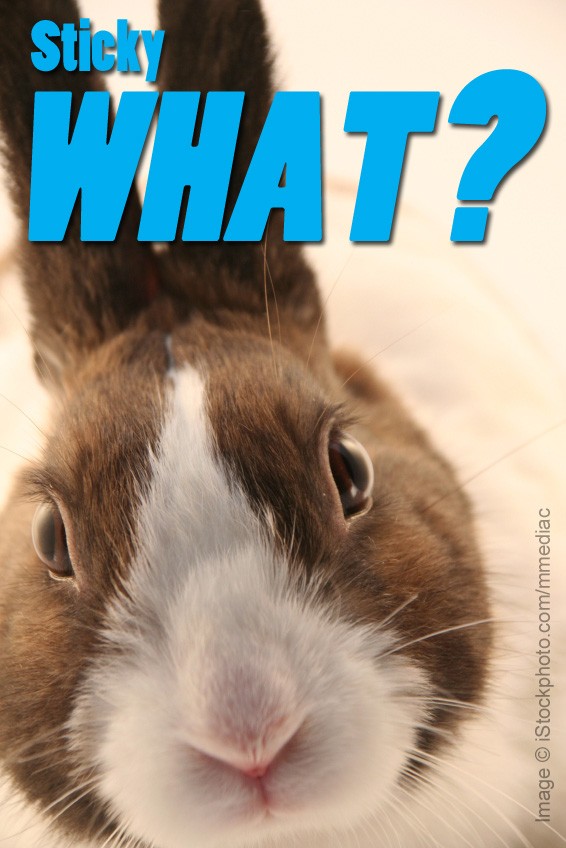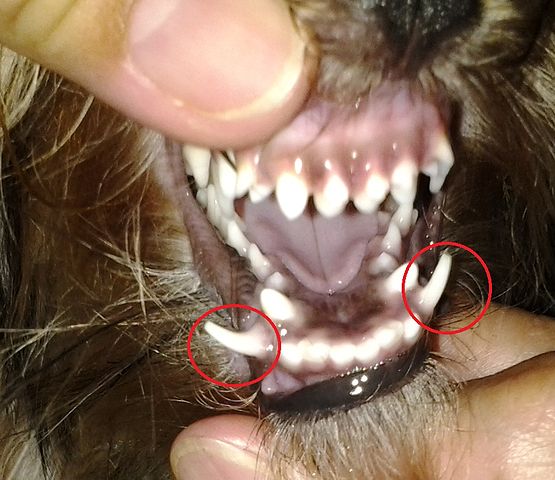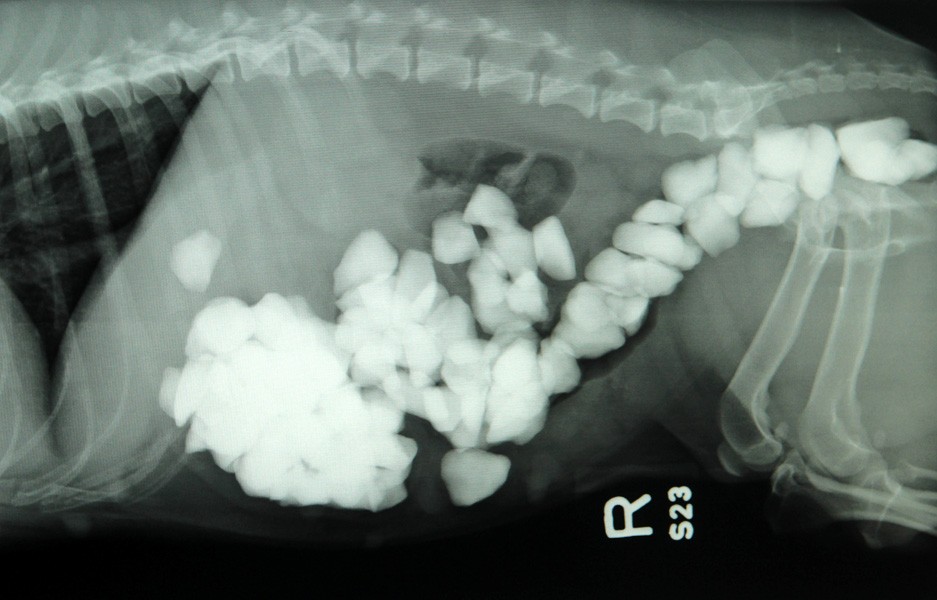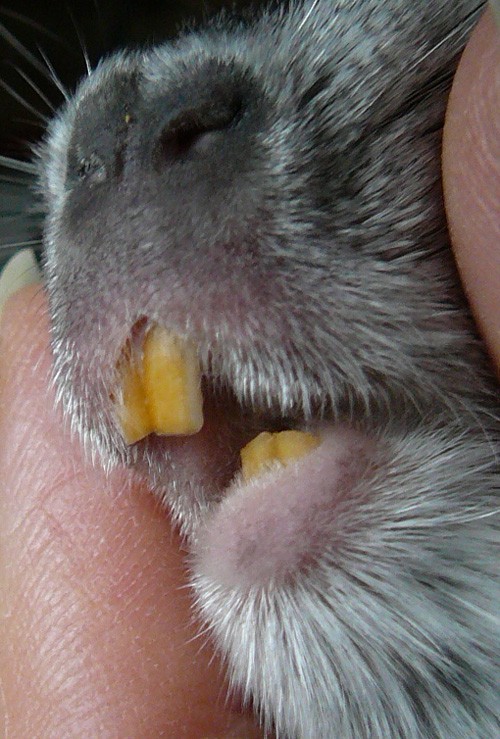
As graduates, one of the most routine surgeries that we will be expected to be competent at is neutering. As students, when on work experience or EMS, we will have seen at least one of these procedures a day at small or mixed practices… often more.
But routine does not necessarily mean easy, simple or without risk. When learning about reproductive anatomy, we were faced with a harsh truth: the concept of spaying is actually fairly terrifying, particularly as there is a considerable risk of a bitch bleeding to death.
Spaying is not to be underestimated. Among the usual complications and risks involved in the use of general anaesthetic, there are also a few scary blood vessels to worry about.
During the surgery, it is necessary for both pairs of ovarian and uterine arteries to be cut. It is of vital importance that these are ligatured (tied off) securely to prevent the likelihood of internal bleeding post-surgery. Neither of these are to be underestimated – the ovarian arteries are particularly important to ligature properly, since they branch directly from the aorta. A slipped ligature could result in serious problems, and could potentially result in the patient bleeding to death.
 Clients should always be made aware of surgical risks and all eventualities, but I would imagine that the last thing an owner would expect after taking their dog or cat to be neutered would be the death of their beloved pet post-surgery.
Clients should always be made aware of surgical risks and all eventualities, but I would imagine that the last thing an owner would expect after taking their dog or cat to be neutered would be the death of their beloved pet post-surgery.
This is quite a daunting prospect for the “most routine” surgery in practice. You can’t afford to be complacent – you really do have to get it right.
As an avid traveller, I had always intended on getting involved in a neutering clinic in India for EMS, even before learning just how risky neutering can be if not done properly. Now, I will make sure to realise that aim, in order to get as much surgical practise as possible before graduating. Hopefully, it will help boost my confidence, so that I won’t be as concerned as I am currently about this “routine” surgery by the time I am a qualified vet.













